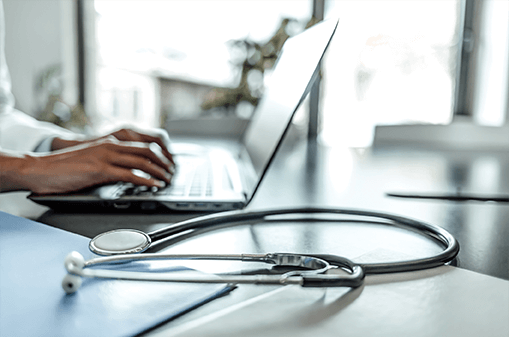Click on the white PLAY button below to start video.
Bunions are a common foot deformity, especially in females. They most frequently result from wearing shoes that are too small and or have a high heel. Abnormal pressure from poor fitting shoes causes the bones in the big toe and foot to move out of position. This results in a large painful bump on the side of the foot at the big toe.
Read more about Bunion
Introduction

Anatomy
Causes
A bunion occurs when the bones at the base of the big toe move out of alignment. The big toe may lean toward or move underneath the second toe. The second toe may move out of alignment and overlap the third toe. Long term irritation causes the base of the big toe to enlarge and a fluid-filled sac may form. This creates a large bump on the side of the foot at the joint.
Symptoms
A bunion causes the base of your big toe to stick out and form a bump on the side of your foot. A bunion can be large, red, swollen, and painful. The skin on the bottom of your foot may thicken and form a painful callus. It may hurt to bend your toe, walk, or wear shoes.A bunion causes your foot to look different. Your big toe may lean towards your second toe. The first few toes on your foot may lean and overlap.
Diagnosis
Treatment
Simply changing shoes may treat some bunions. It is helpful to wear wide-toed shoes with low heels. Good foot care and felt or foam pads worn between the toes or on the foot may help protect the area and prevent further discomfort. Custom-made shoe inserts can help position the toe and relieve pain.Surgery
If non-surgical treatments fail, surgery may be necessary to restore normal alignment, pain-free movement and function. Bunion surgery is used to realign the bones, joints, tendons, ligaments, and nerves. The toes are placed in their correct positions and the bony bump is removed. There are numerous surgical techniques for treating bunions. Your doctor will discuss the most appropriate options for you.Bunion surgery is an outpatient surgical procedure. An ankle-block anesthesia or general anesthesia may be used so that you do not feel pain during the procedure. Following the surgery, the bones are held in position with wires, screws plates, or cast while they heal.
Recovery
You should keep your foot elevated the first few days following your surgery, and apply ice packs as directed. A special cast or orthopedic shoe will protect your foot as it heals. You will temporarily need to use crutches, a walker, or cane as you gradually increase the amount of weight you can put on your foot. Physical therapy can help to restore strength and motion. It can take many weeks to recover from bunion surgery. The majority of people have good outcomes.Prevention

Copyright © - iHealthSpot Interactive - www.iHealthSpot.com
This information is intended for educational and informational purposes only. It should not be used in place of an individual consultation or examination or replace the advice of your health care professional and should not be relied upon to determine diagnosis or course of treatment.
The iHealthSpot patient education library was written collaboratively by the iHealthSpot editorial team which includes Senior Medical Authors Dr. Mary Car-Blanchard, OTD/OTR/L and Valerie K. Clark, and the following editorial advisors: Steve Meadows, MD, Ernie F. Soto, DDS, Ronald J. Glatzer, MD, Jonathan Rosenberg, MD, Christopher M. Nolte, MD, David Applebaum, MD, Jonathan M. Tarrash, MD, and Paula Soto, RN/BSN. This content complies with the HONcode standard for trustworthy health information. The library commenced development on September 1, 2005 with the latest update/addition on February 16, 2022. For information on iHealthSpot’s other services including medical website design, visit www.iHealthSpot.com.



